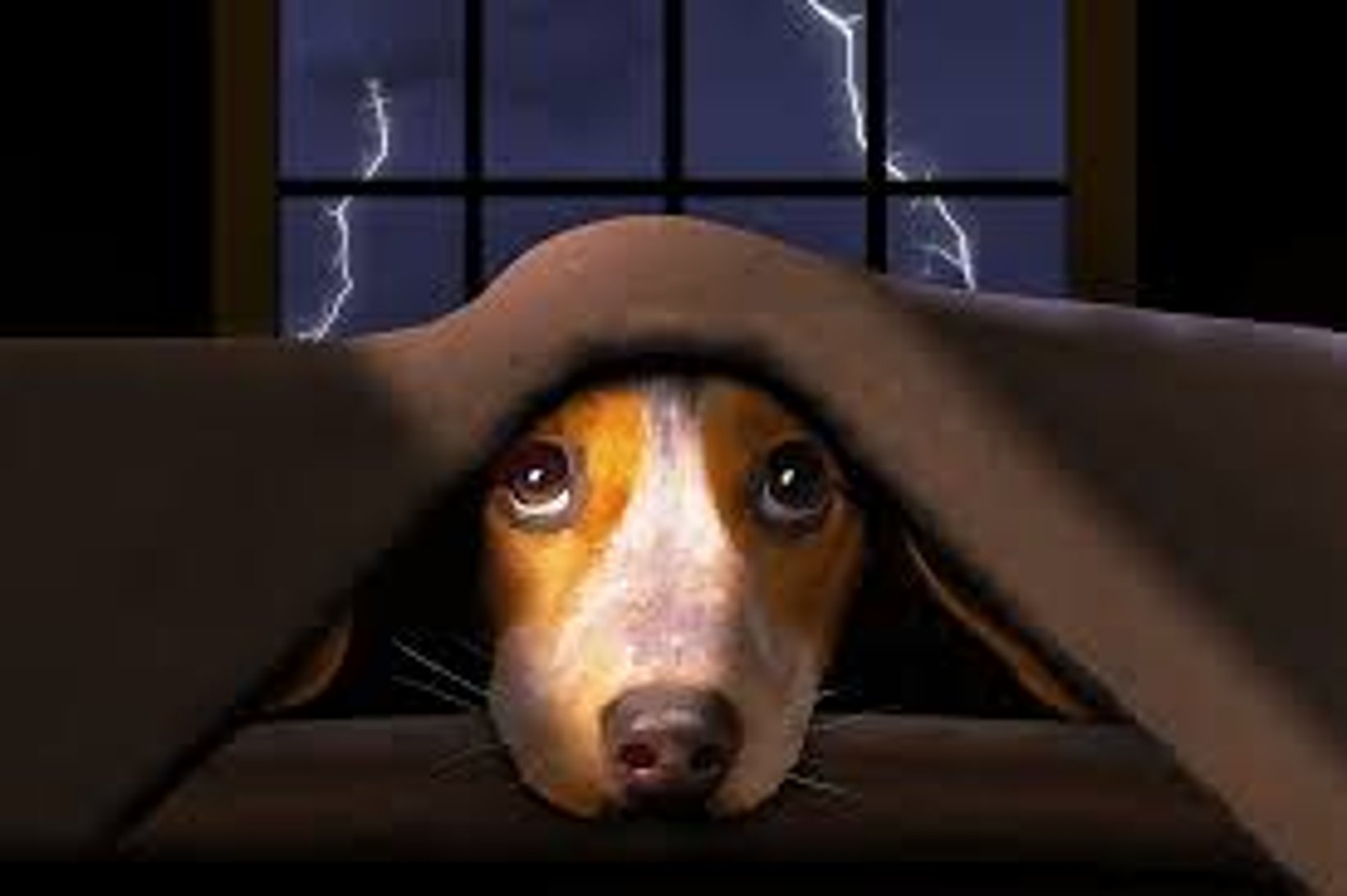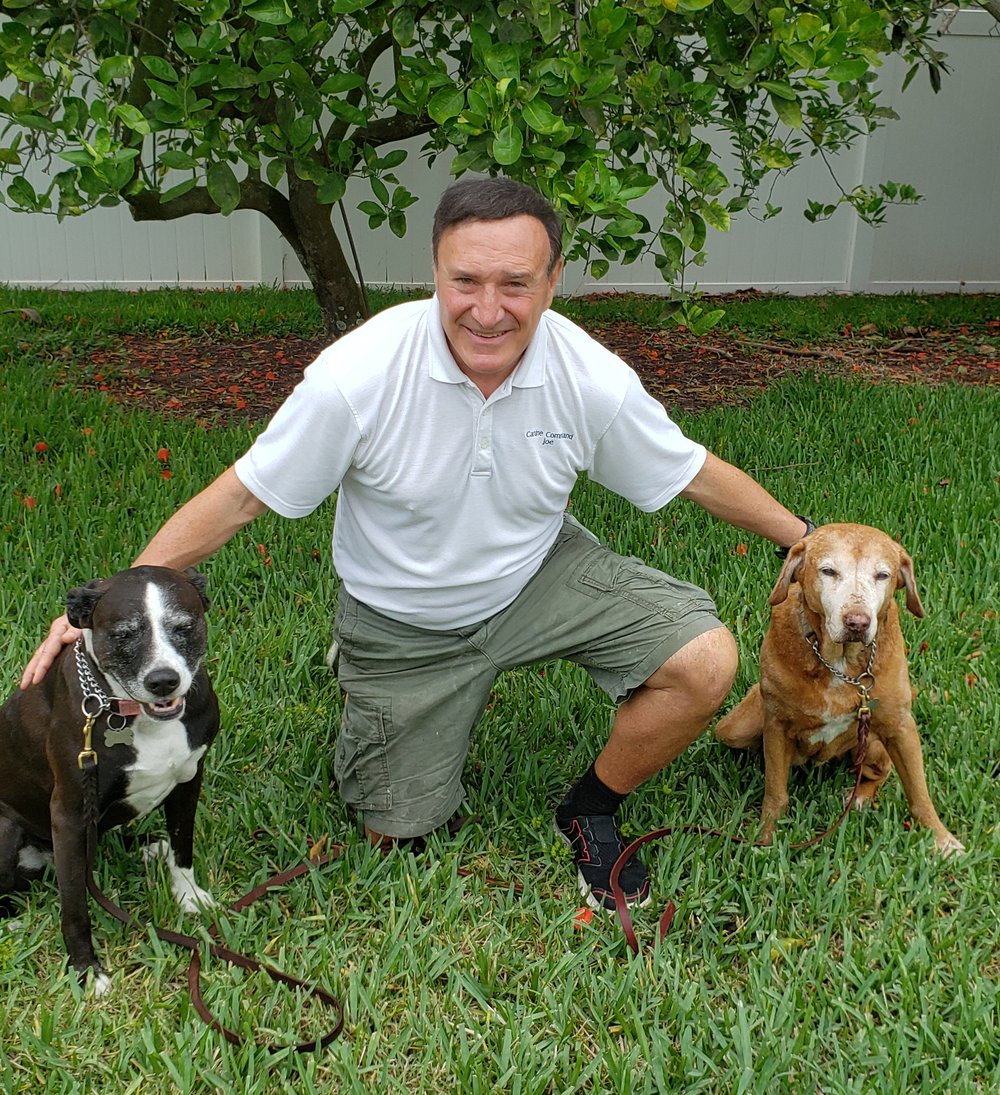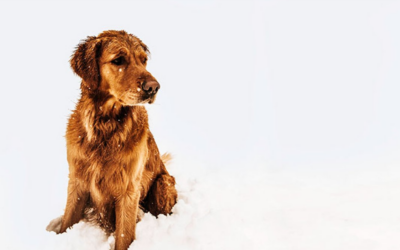Southwest Florida residents know storm season is approaching. If your dog has a storm phobia, it means he experiences an irrational and disproportionate response to thunderstorms. Both nature (genetics) and nurture (environment) contribute to phobia creation. Your dog may have had a fearful experience outside in a thunderstorm or was exposed to other people or pets that were fearful of the stimulus.
In the case of thunderstorms, it’s not just the loud clap of thunder the causes a fear response in dogs. Lightning, wind, rain, dark skies, changes in barometric pressure and even odors i.e. trace amounts of lightning-produced ozone and nitrogen dioxide in the air scattered about the storm, contribute to the phobia. Storm phobia can cause extreme anxiety and discomfort. Research shows the canine fear hormone Cortisol can jump over 200%. Common signs of phobia related stress include: barking, hiding, chewing, digging, dilated pupils, drooling, rapid heartbeat, panting, pacing, trembling, potty accidents, and destructive behavior.
There is no one trick cure for thunder phobia. Instead, trainers use a multimodal approach. First create a safe spot in your home where your dog can retreat at the first sign of a storm. The spot should be located in an interior room with few or no windows. You may want to place a crate in your safe room, along with long-lasting chew treats and a couple of his favorite toys. Leave the lights on and consider playing calming music to muffle the storm sounds. Spend time in the safe room with your dog when it’s not storming outside to make it a safe and happy spot for your dog.
Second, distract and desensitize your dog to the thunder using focus and obedience exercises like watch, find it, fetch it, chase it, and recall games while playing a sound recording of the storm sounds at low volume. Download the sounds by googling “canine thunder sound download.” Slowly increase the sound volume as you continue training to the point where your dog can easily ignore the sound and do behaviors. Counter condition your dog’s reaction to the storm by offering her a long-lasting chew treat when she hears the thunder.
Third, do not reinforce any fearful behavior by looking at, touching, or talking to your dog in an attempt to console or make him feel better. Instead, radiate confidence and divert your dog’s attention from the storm involving him in his favorite game or focus/obedience exercises as mentioned above. Your dog is always reading your facial expression, vocal tone, and body posturing. Show your dog the storm is irrelevant by your relaxed and confident posturing.
Other modalities include using canine eye and earmuffs, vigorous exercise prior to the thunderstorm, fitting with the Settle Strap by calmrdog.com, thunder shirt, anxiety wrap or storm defender cape (stormdefender.com), giving your dog CBD chews, tinctures and/or transdermal creams, Composure by VetriScience or Zoetis gel and rubbing your dog with antistatic laundry strips.




